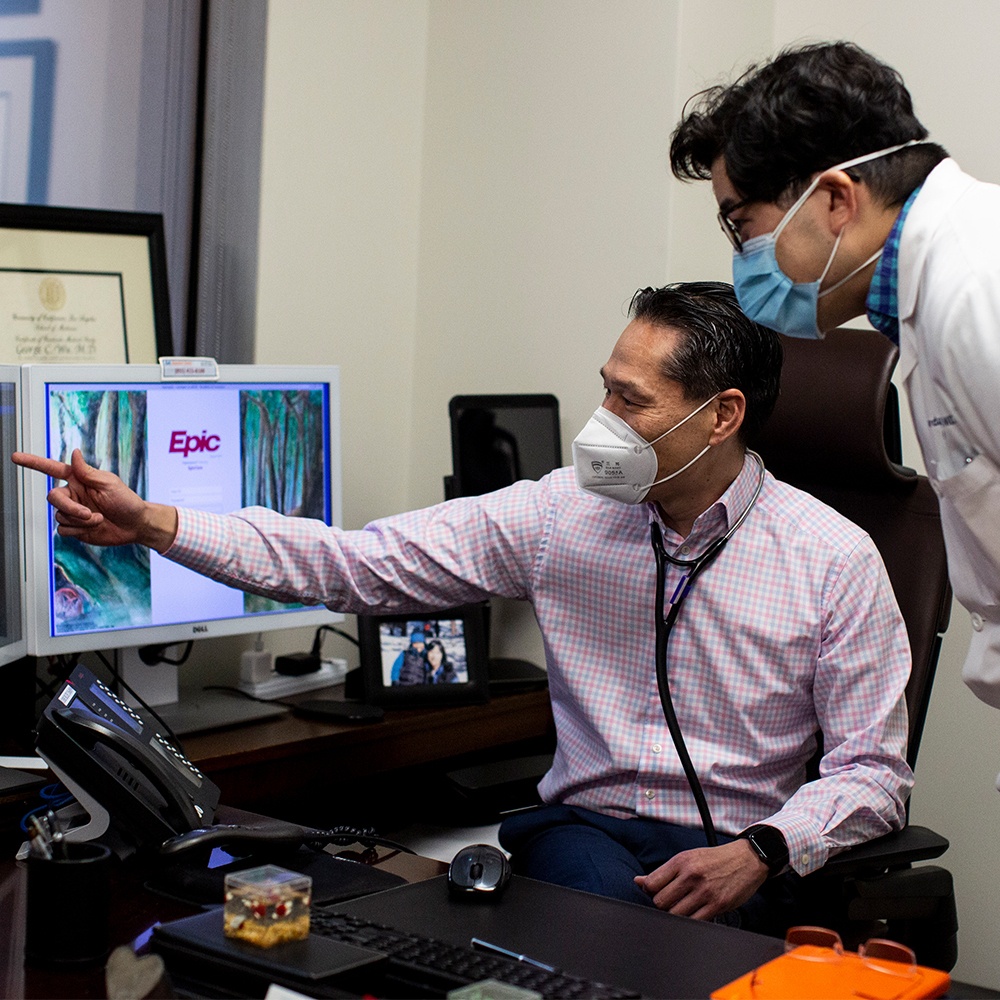Coronary Stent Implantation

Overview
What is Coronary Stent Implantation?
A coronary stent may be implanted in a coronary artery during an angioplasty procedure to open narrowed or blocked blood vessels in your heart. A stent is a small, metal mesh tube that expands to open up a coronary artery to help prevent the artery from closing again. You may have a stent coated with slow released medication to help prevent future plaque buildup and the artery re-narrowing.
Risks
Coronary Stent Implantation Potential Risks and Complications
Possible complications during a coronary stent implantation may include:
- Allergic reaction to the dye used during the procedure.
- Blood clots.
- Stroke.
- Chest pain.
- Arrhythmia (Irregular heartbeat).
Your doctor will discuss the benefits and risks of this procedure so you can make an informed decision.
Prep
Preparing for Coronary Stent Implantation
You doctor will give you specific instructions prior to the procedure, which may include:
What to Expect
What to Expect During a Coronary Stent Implantation
The angiography procedure will determine the number and locations of your blocked or narrowed arteries. This is where your doctor will implant the stent:
- Your doctor will advance a thin wire, and a tiny deflated balloon, through the catheter used during the angiography to the location of your blockage.
- The balloon with then is inflated at the targeted blockage to expand the artery where the stent will be advanced and implanted.
- After the stent is in position, it will be fully opened and locked in place. Further X-rays will determine if the stent is function as it should and how much blood flow is improved.
- Once your doctor is satisfied that the stent is working, the balloon catheter, guide wire and guide catheter will be removed.
- You will probably stay overnight at the hospital after the procedure and you should get someone to take you home once you’re discharged.
- Your doctor will give you specific instructions for after care.

Specialists